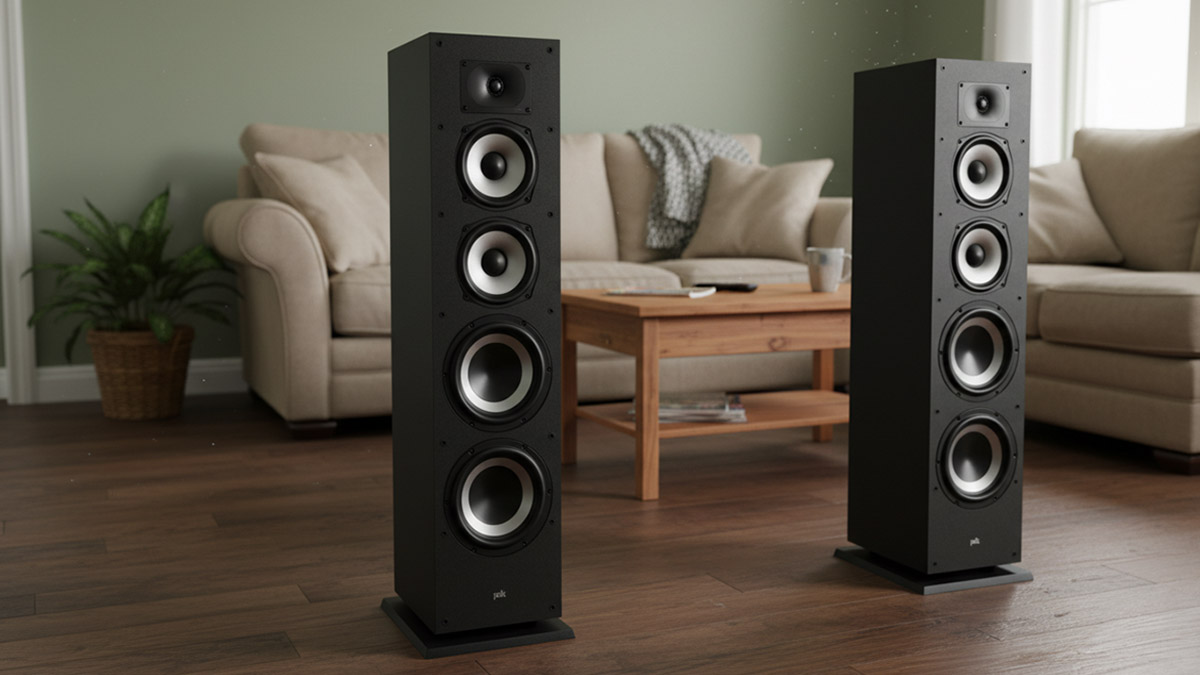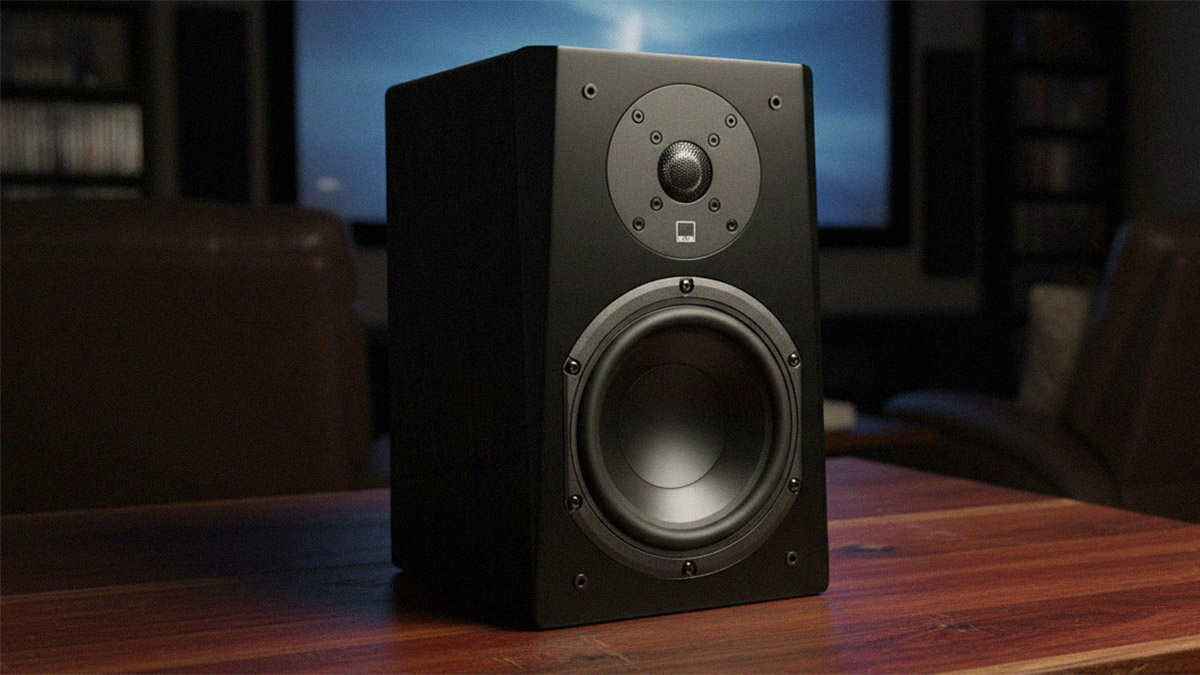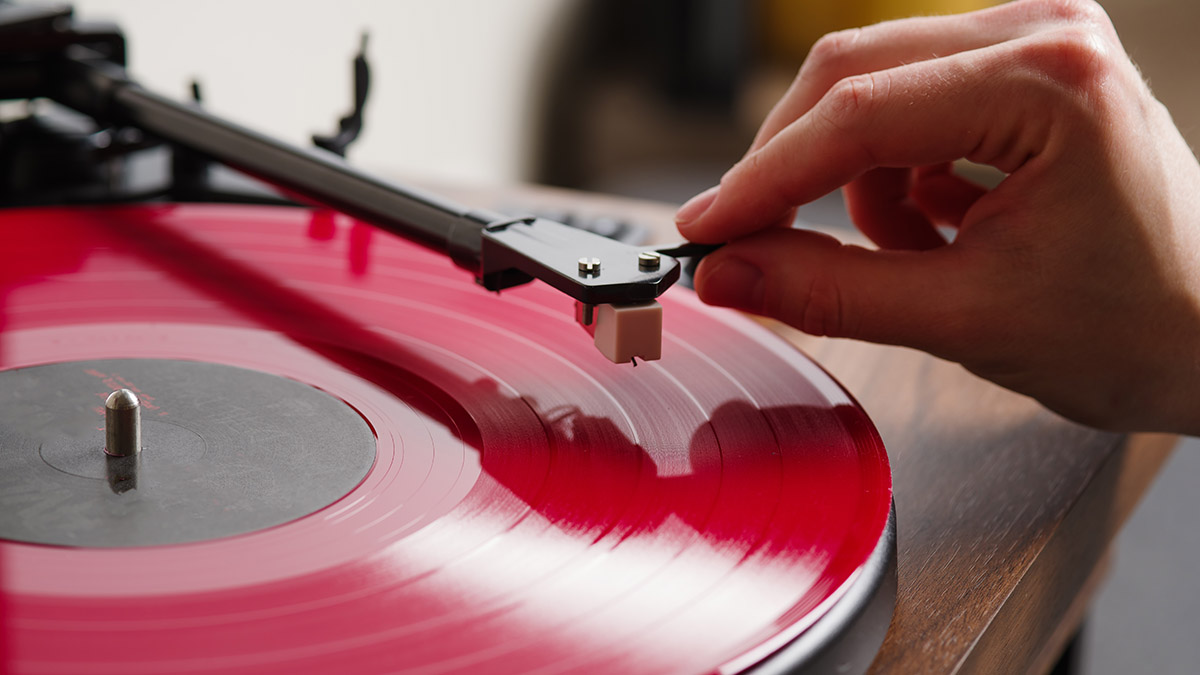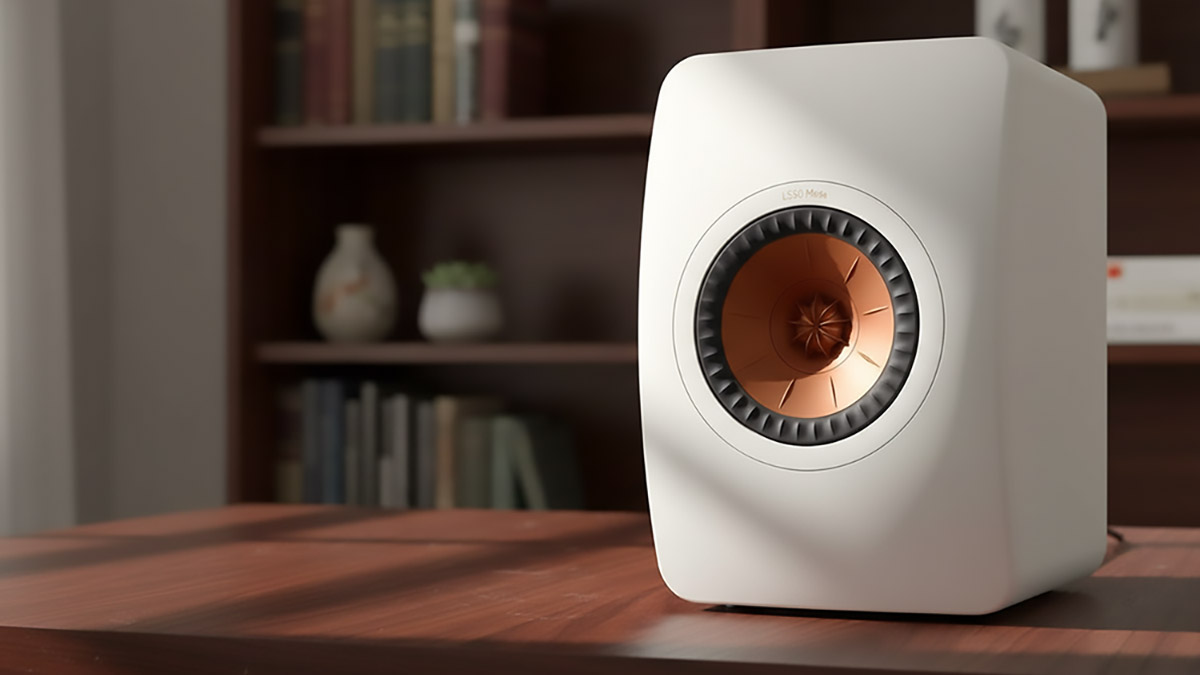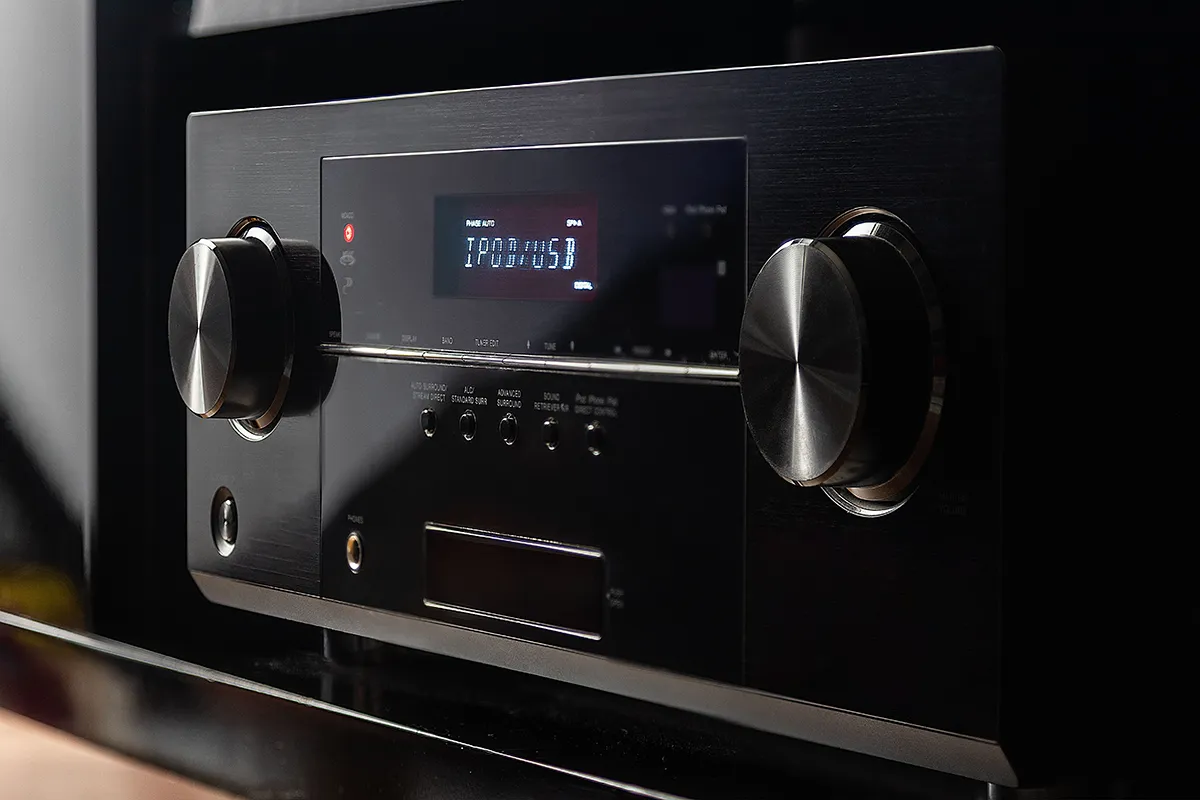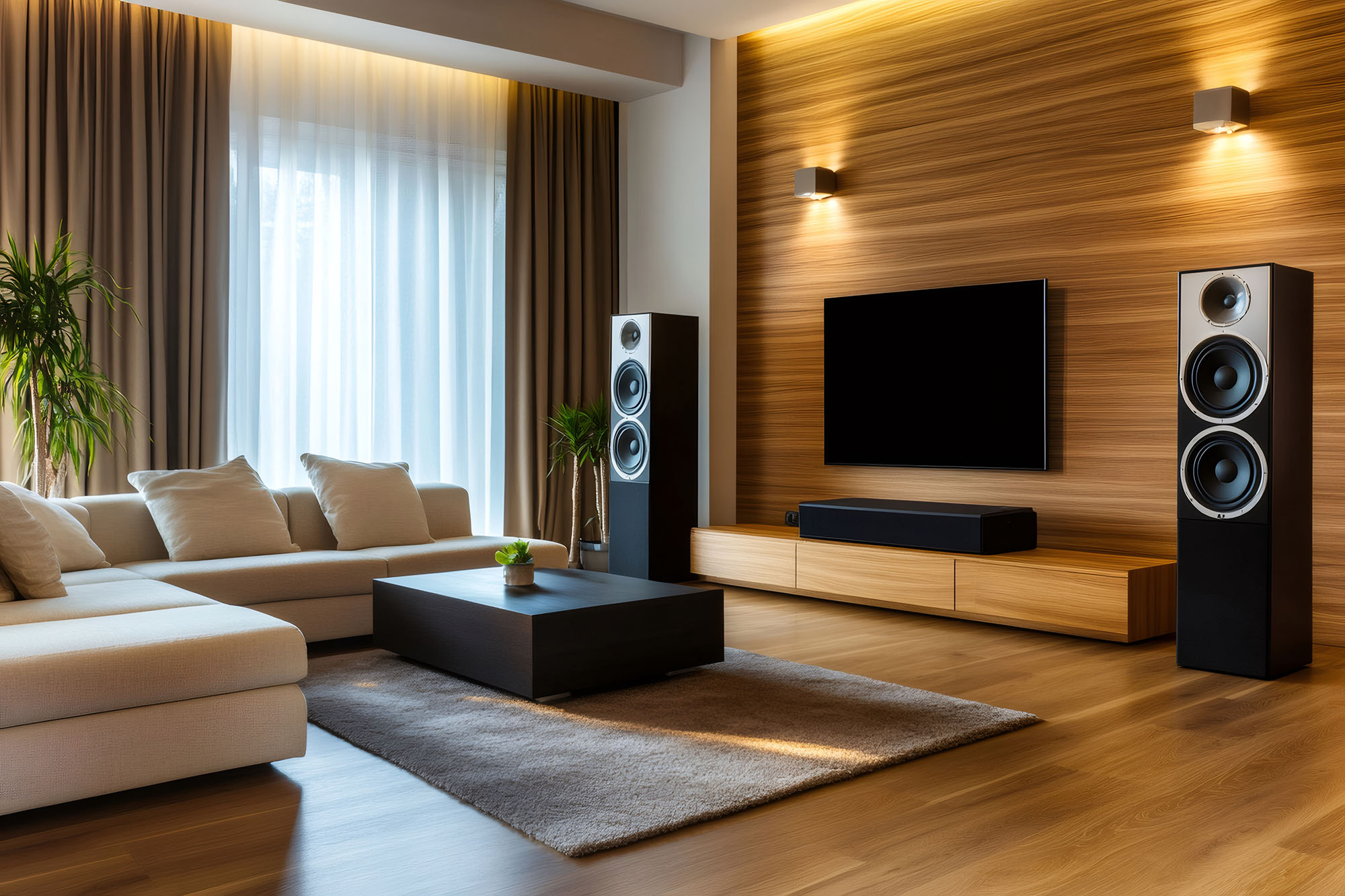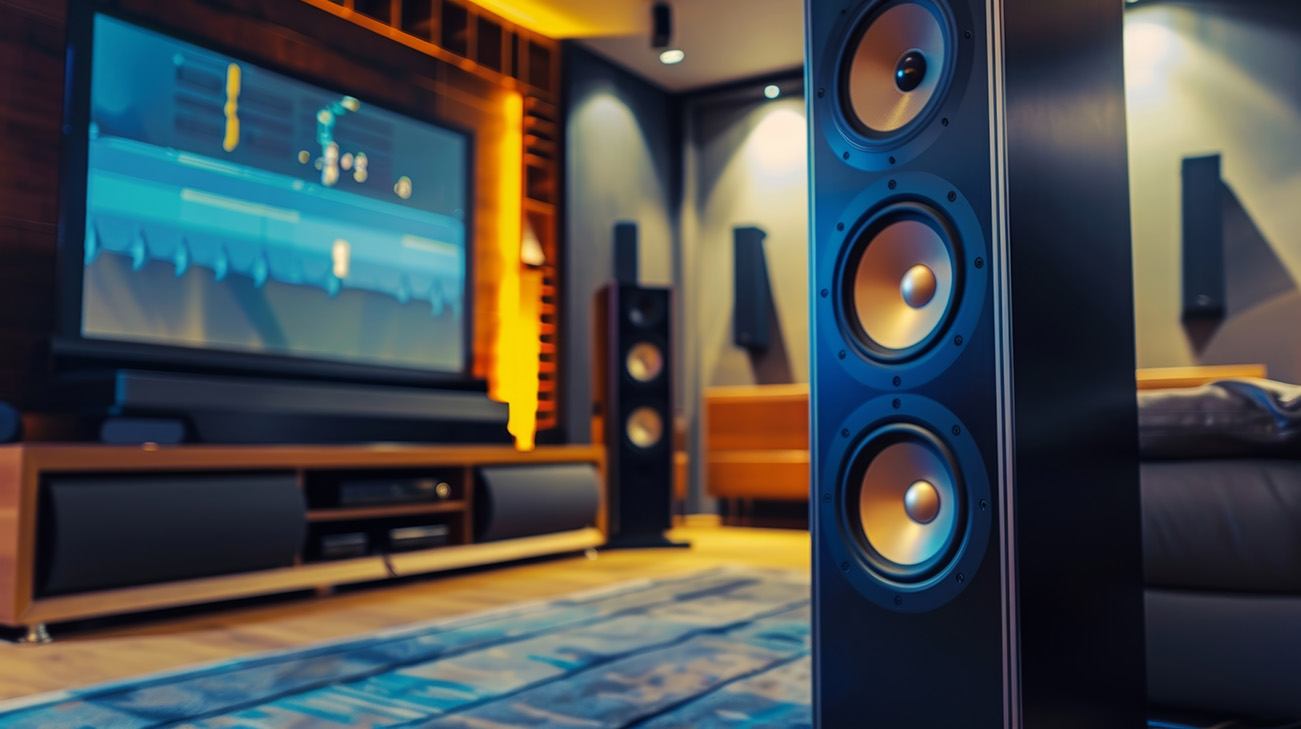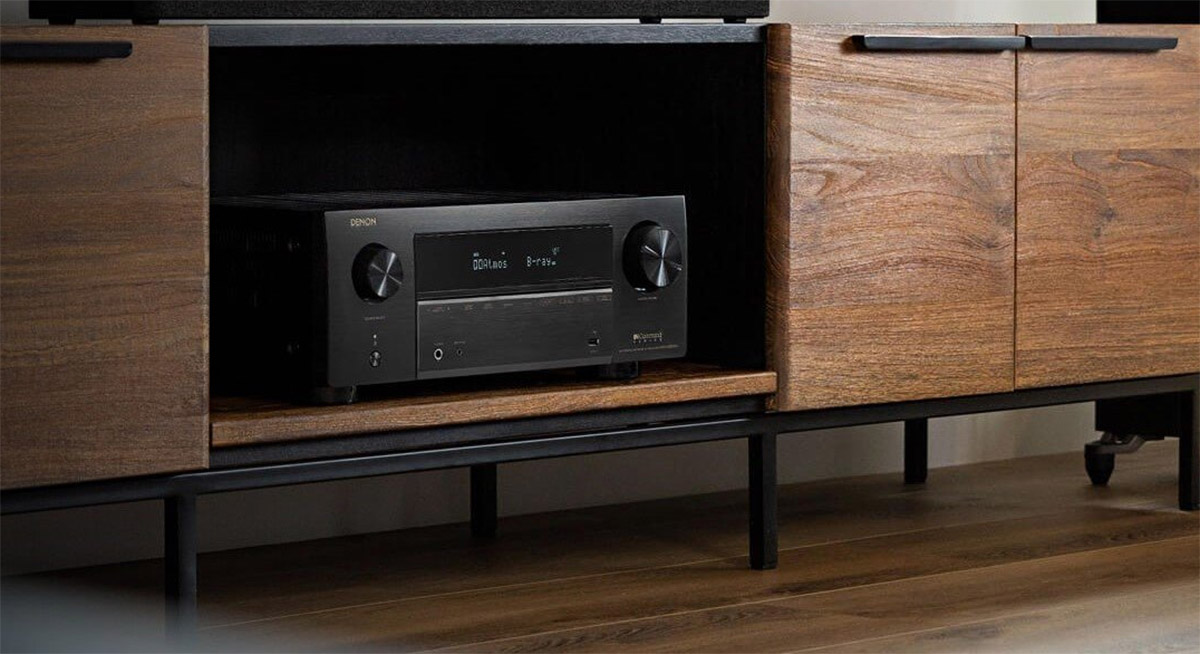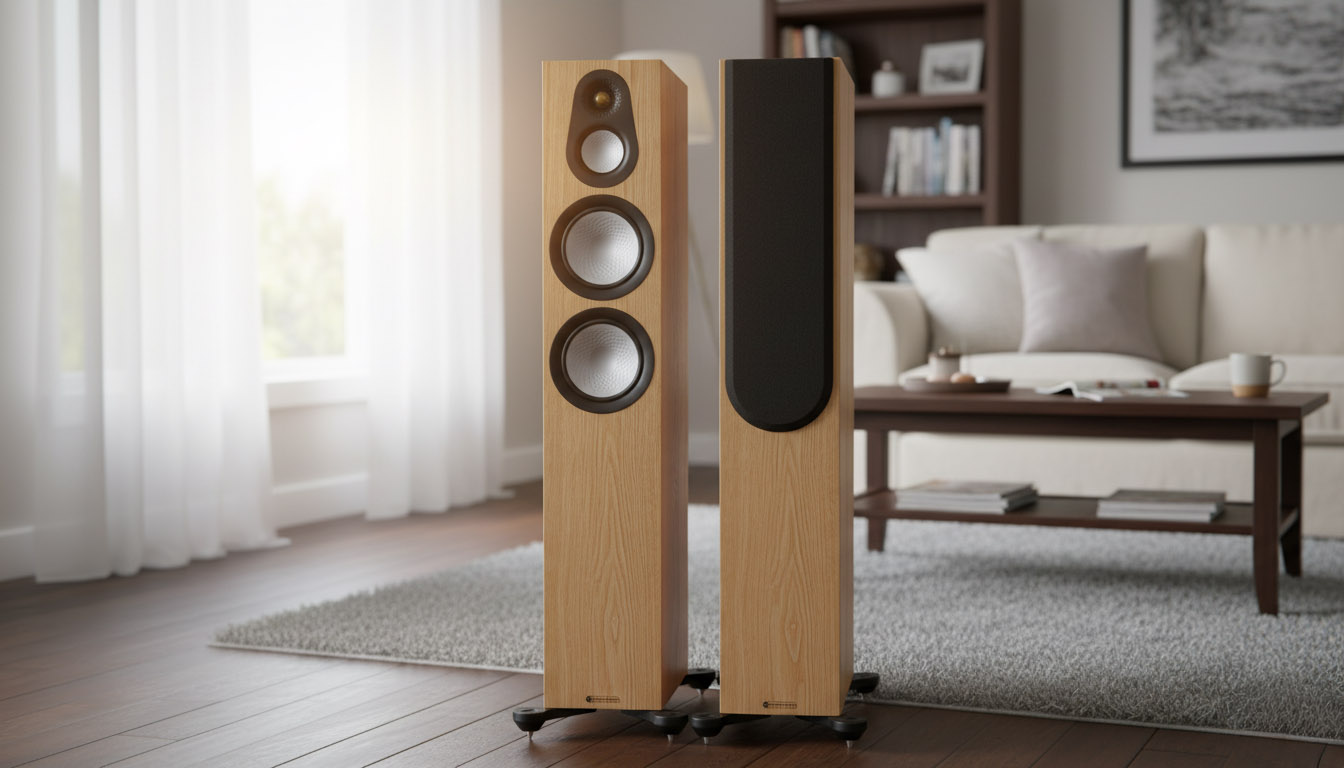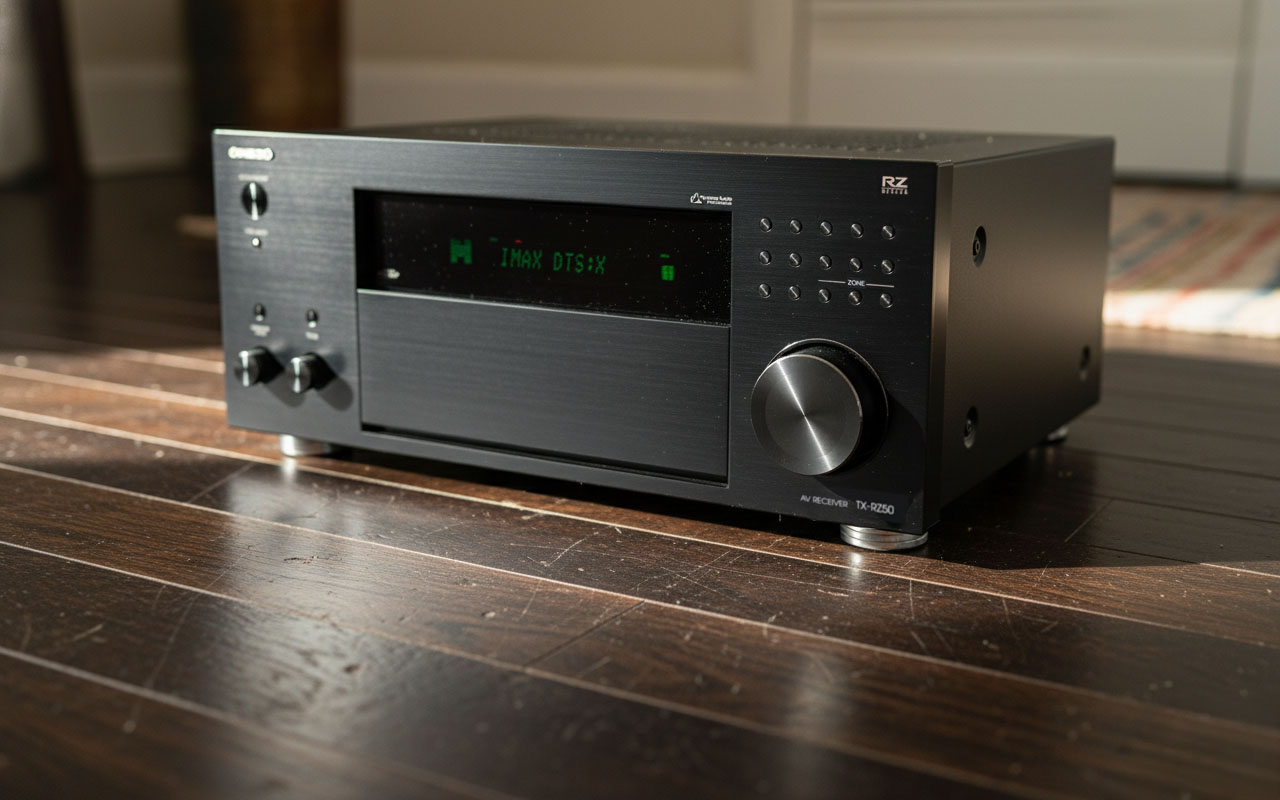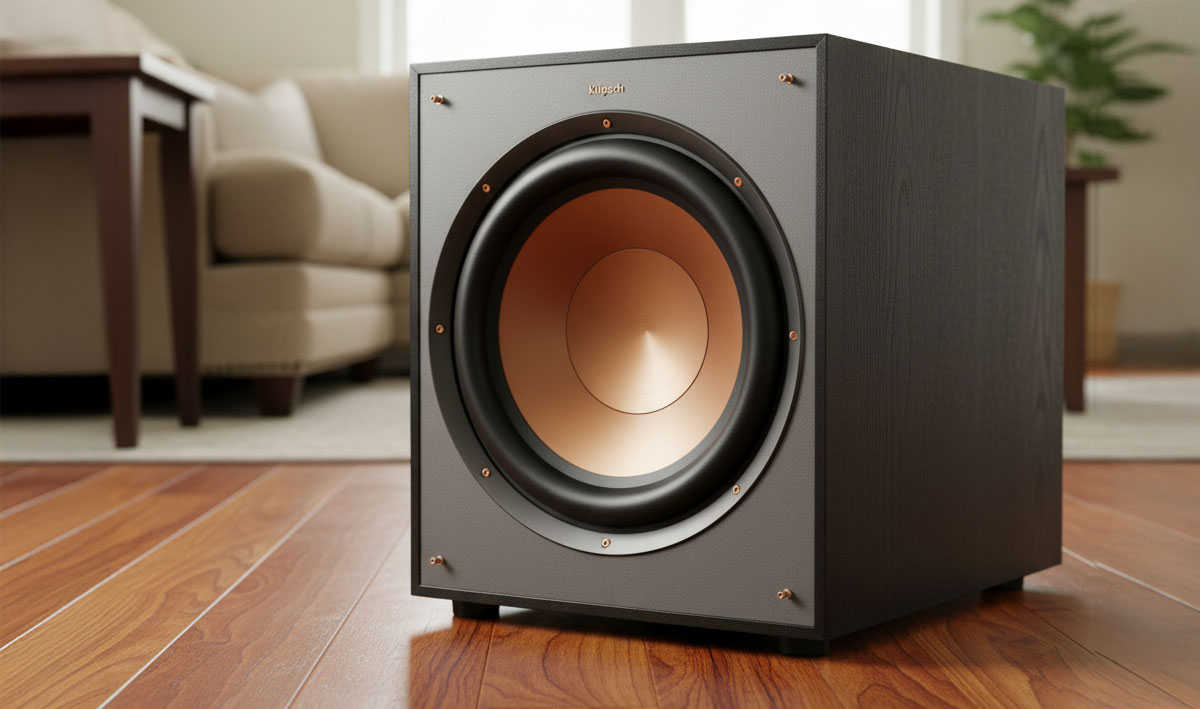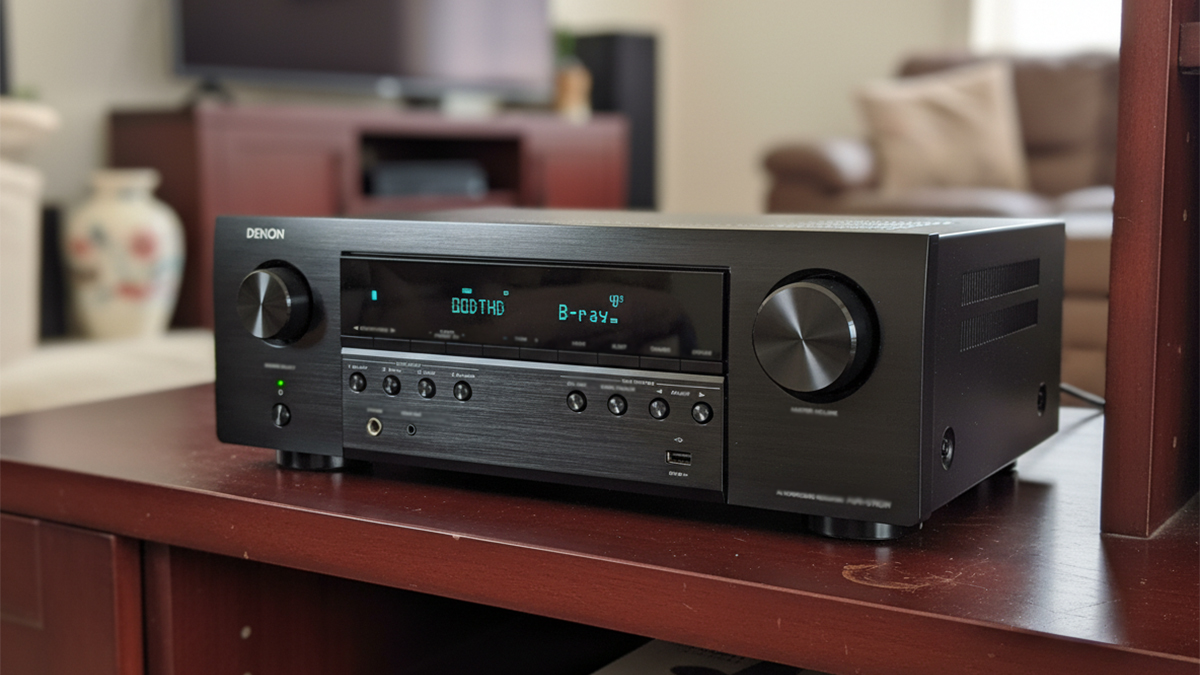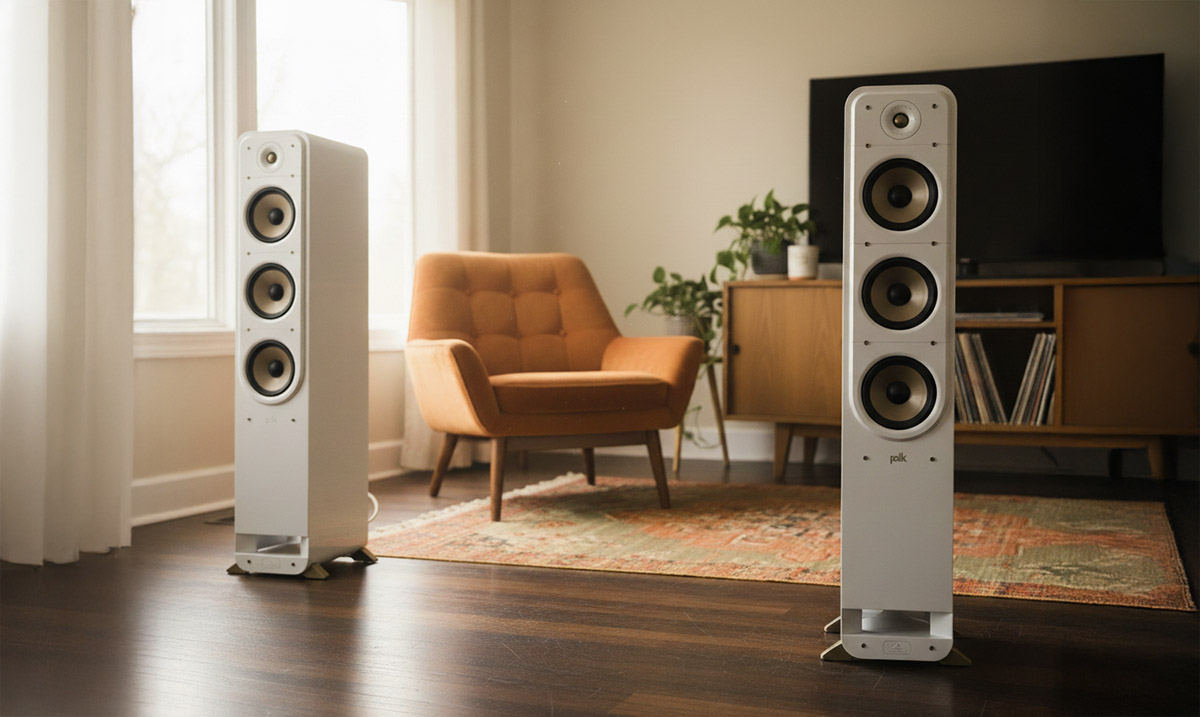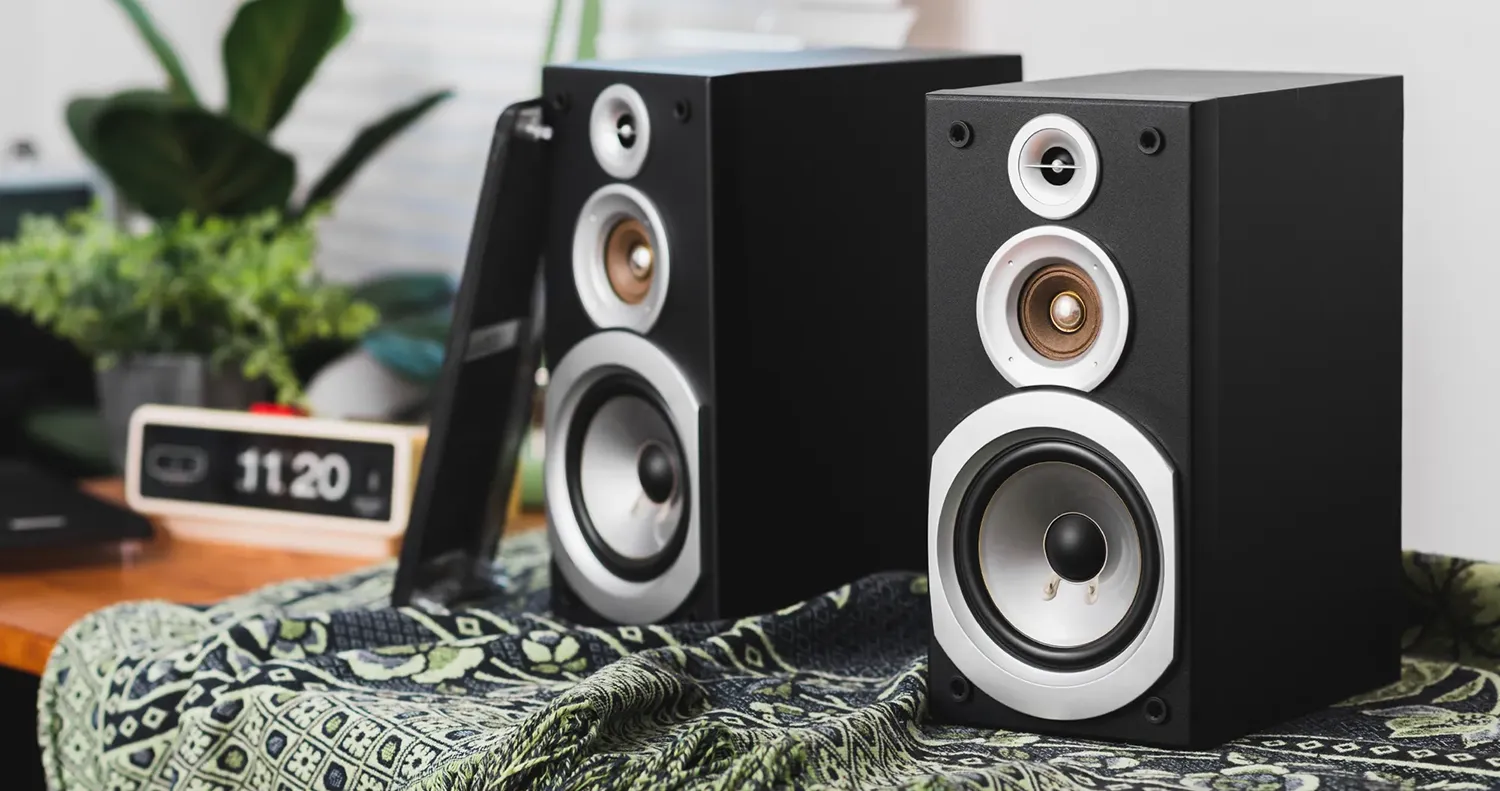Quick Take
The Polk Monitor XT70 is the “plug it in, press play, and grin” kind of tower. Owners talk about bold, room-filling bass, clear voices, and an easy match with everyday receivers. Some wish for more sparkle at the very top or note that placement matters if you want tight bass. Give the XT70 a few inches of breathing room and it rewards you with scale that belies its price and footprint.
Pros
![]() Full, punchy bass that makes movies feel big even without a sub
Full, punchy bass that makes movies feel big even without a sub
![]() Clear dialogue and stable imaging once positioned correctly
Clear dialogue and stable imaging once positioned correctly
![]() Forgiving to power; sounds confident with common AV receivers
Forgiving to power; sounds confident with common AV receivers
![]() Top octave can sound polite to some ears compared with brighter rivals
Top octave can sound polite to some ears compared with brighter rivals
Cons
![]() Placement sensitive—too close to walls can thicken the bass
Placement sensitive—too close to walls can thicken the bass
![]() Cabinet is tall and deep; needs floor space and a few inches behind
Cabinet is tall and deep; needs floor space and a few inches behind
Introduction
Polk’s Monitor XT70 sits at the top of the company’s value-oriented Monitor XT line. It looks like a straightforward three-way tower, but the formula is a little different: two 6.5-inch woofers handle the heavy lifting while a pair of 8-inch passive radiators augment low frequencies. Add a 1-inch Terylene dome tweeter that reaches up to 40 kHz, and you have a tower that aims for big, cinematic bass and easy compatibility with modern receivers. In living rooms where a slim soundbar runs out of breath, the XT70 brings back the effortless scale people associate with “real speakers.”
Key Features of the Polk Monitor XT70
Dual 6.5-inch woofers plus dual 8-inch passive bass radiators
This is the XT70’s secret sauce. Passive radiators trade the “whoosh” of a big rear port for tighter low-end weight. In rooms where ports chuff or get boomy at higher volume, the XT70’s passives keep bass texture intact, so bass guitar notes sound like pitches rather than puffs of air. Translation: you hear definition, not just pressure, and that’s what makes explosions feel textured and kick drums land with authority.
1-inch Terylene dome tweeter (Hi-Res Audio certified to 40 kHz)
The tweeter is built for air and micro-detail. In practice that means crisp yet easygoing treble: consonants stay intelligible without the brittle edge you can get from bright metal domes in reflective rooms. If your space has hard floors and lots of glass, the XT70’s top end leans comfortable instead of sharp, which is kinder for long sessions.
Plays nicely in surround systems
The Monitor XT family is voiced to match centers and surrounds, so if you expand later the handoff across the front stage feels seamless. The speakers are fully compatible with Dolby Atmos and DTS:X home theater setups when paired with an appropriate AVR, which keeps your upgrade path simple.
Receiver-friendly design
With sensitivity rated at 89 dB (1W/1m) and compatibility with 4- and 8-ohm outputs, the XT70 presents an easy load for mainstream AV receivers. Polk recommends 25–200 watts per channel. You won’t need exotic power to get cinema-room levels. If your AVR sits closer to 60 watts, expect comfortable evening listening in medium rooms; for party volume in open plans, aim for 100 watts or consider crossing to a sub so the towers don’t waste energy on the deepest notes.
Size and build
Each tower stands about 40.4 inches tall, 9.25 inches wide, and 12.5 inches deep, weighing roughly 35 pounds. The footprint asks for some breathing room behind the speaker; plan on at least 6–12 inches so the bass radiators can do their work cleanly. A five-year limited warranty gives peace of mind for the long haul.
Broad frequency reach
Polk rates total frequency response from 35 Hz to 40,000 Hz. You get convincing bass weight from the towers themselves and room to add a sub later for the last octave.
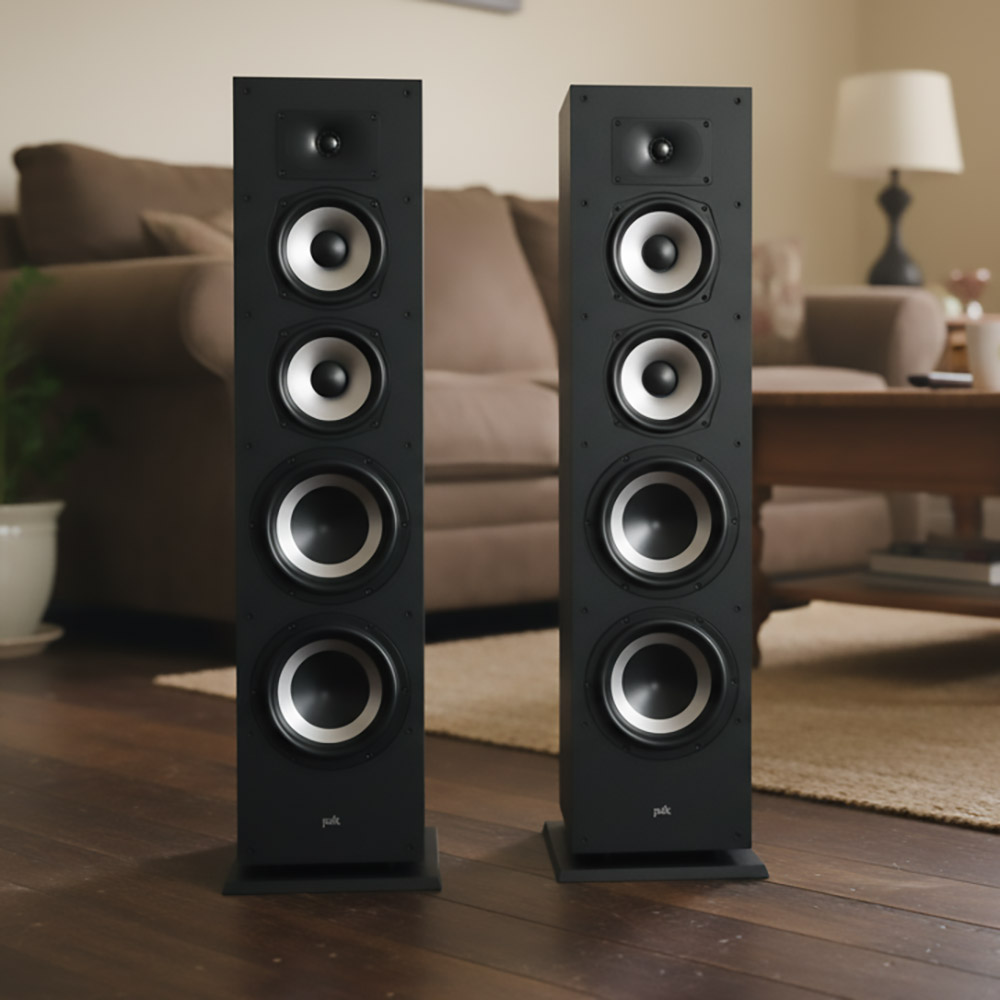
Sound Quality and Setup
Most buyers call the XT70 a “sounds bigger than it looks” tower. Everyday TV, sports, and streaming music feel fuller, and the speakers bring a sense of ease at normal volumes. Kick drums have body, male vocals carry weight, and orchestral swells rise without strain. That impression of scale comes from the dual-woofer + dual-passive layout, which behaves like a larger enclosure without the port noise some big boxes create.
Clarity is the second theme. Dialogue stays locked to the screen, and instruments separate cleanly. The midband sits slightly on the warm side of neutral, which keeps sibilants from getting spiky in bright living rooms. A few listeners wish for more “sparkle” up top. That’s partly taste and partly room acoustics. If you prefer a more vivid treble, a small toe-in increase (5–10 degrees) will lift presence without touching tone controls. If the room is lively already, keep toe-in modest and enjoy the XT70’s relaxed high end.
Bass integration is where small changes pay off. Because the passives are doing real work, boundary distance is a bass dial. If voices feel thick or you hear a “one-note” low end, you’re likely getting boundary gain from the back wall or side furniture. Slide each tower forward three or four inches and reduce toe-in just a touch. Listen for plosives (“P” and “B” sounds) becoming cleaner and bass notes sounding more even rather than louder. That’s your better interaction point. Want a quick placement recipe? Start with the tweeters 38–42 inches high, the speakers 8 feet apart, front baffles 10 inches from the wall, and about 10 degrees of toe-in. Play a spoken podcast to lock the center image, then fine-tune with a familiar bass line.
How the Monitor XT70 compares to common competitors
Shoppers often compare the XT70 with JBL’s Stage A190 and Klipsch’s Reference towers.
- Polk Monitor XT70 vs. JBL Stage A190: Think “cinematic warmth” vs. “stage-front punch.” The JBL’s dual 8-inch woofers and voicing yield a snappier kick and brighter treble, which some rock fans love. Polk counters with fuller midbass and easier long-play comfort. If your room is lively or your ears run treble-sensitive, the Polk feels smoother; if you want maximum punch, the JBL leans your way.
- Polk Monitor XT70 vs. Klipsch Reference (e.g., R-800F): Klipsch’s horn tweeter and high sensitivity deliver vivid, immediate sound and big images at modest power. In reflective rooms that can read as “hot.” Polk’s top end is more polite, which trades a bit of sparkle for staying power. Prefer live-concert energy at higher volume? Klipsch. Want plush bass weight and couch-friendly treble? Polk.
How to choose quickly:
- Want body and comfort at TV volumes, with effortless midbass? XT70
- Want kick and treble bite for rock and games? A190
- Want loud, live energy from modest power and don’t mind taming treble? R-800F
- Want the most imaging finesse in a smaller tower and plan to use a sub? R500
Insight that goes beyond the obvious
Running the XT70 full-range can sound impressive at first, but crossing them to a sub at 60–80 Hz often improves midrange clarity. Offloading the deepest notes shortens woofer excursion, which reduces intermodulation distortion in the vocal band. The audible result is cleaner speech and tighter imaging, especially at party levels. If you stick with towers only, keep them 6–12 inches off the wall and use your AVR’s bass trim rather than cranking the global bass tone; trimming bass by 1–2 dB usually tightens the bottom without thinning the mix.
Who Is It For?
Pick the Polk Monitor XT70 if your room swallows small speakers and you want theater-style dynamics without a complex amp stack. It’s a strong match for open plans, family rooms with mixed seating, and listeners who value warm, powerful bass and clear dialogue over super-etched highs. If you sit far from the screen or you want to feel action scenes without adding a sub immediately, these towers deliver. If you prize analytical treble detail, or your room can’t spare 10–12 inches behind the speakers, consider a high-quality bookshelf plus a compact sub instead.
Tips for Better Results
- Placement first: Start with 8 feet between speakers, 10 inches from the wall, 10° toe-in.
- Fix thick dialogue: Slide speakers forward 3–4 inches and reduce toe-in by ~5°. Consonants should sharpen without losing bass.
- Even bass across the couch: Try placing each tower about one-fifth of the room width from the sidewalls. This dodges common room modes and smooths seat-to-seat bass.
- Sub strategy: When you add a sub, cross the towers at 60–80 Hz. Expect clearer mids because the woofers move less.
- Room correction: Run your AVR’s auto-cal routine with the mic at ear height across your actual seats; then live with the result for a few evenings before making manual changes.
- Quick A/B check: Play a steady bass track and move each tower forward exactly 2 inches. If the lowest notes get more even (not louder), keep the new spot.
Final Thoughts
The Polk Monitor XT70 nails the brief: make a living room feel like a theater without making setup a chore. It’s an easy electrical load, a natural partner for mainstream receivers, and a consistent crowd-pleaser if you love warm, weighty bass and intelligible dialogue. You still need to leave space behind the cabinets and accept that the top octave favors comfort over dazzle. Do the quick placement routine, consider a 60–80 Hz crossover when you add a sub, and you’ll get the kind of scale, warmth, and clarity that turn movie night into a habit. In the real world, that’s the win that matters.
FAQ
What are the driver sizes in the Polk Monitor XT70?
A 1-inch Terylene dome tweeter, two 6.5-inch woofers, and two 8-inch passive radiators.
How big is each tower?
About 40.4″ H × 9.25″ W × 12.5″ D, roughly 35 lb per speaker. Plan on at least 6–12 inches of space behind them.
Do I need a powerful amplifier?
Not necessarily. Mainstream AVRs around 75–100 watts per channel are a comfortable match; Polk recommends 25–200 watts per channel.
Will I still want a subwoofer?
Many rooms won’t need one at first. For the lowest octave in movies or EDM, a small sub crossed at 60–80 Hz adds impact while making mids cleaner.
Is placement important?
Yes. Because of the passive radiators, wall distance behaves like a bass control. Start at 10 inches from the back wall and adjust in small steps.
How does it compare to JBL Stage A190?
JBL is punchier and brighter; Polk is fuller through the midbass and more relaxed up top. Pick based on your room’s brightness and your taste.
Can I build a full system around it?
Yes. Match with Monitor XT centers, surrounds, and subs for consistent voicing in 5.1 or 7.1 systems.
What do users like most?
“Great sound,” “rich bass,” and “clear dialogue” show up again and again. Value for the size is another frequent theme.
Any common complaints?
A handful of listeners want more treble sparkle or report heavy bass when the towers sit too close to walls. Both are fixable with toe-in and placement.
What’s the warranty?
Polk backs the Monitor XT70 with a five-year limited warranty.
Teksignal.com participates in the Amazon Services LLC Associates Program, an affiliate advertising program designed to provide a means for sites to earn advertising fees by advertising and linking to Amazon.com

